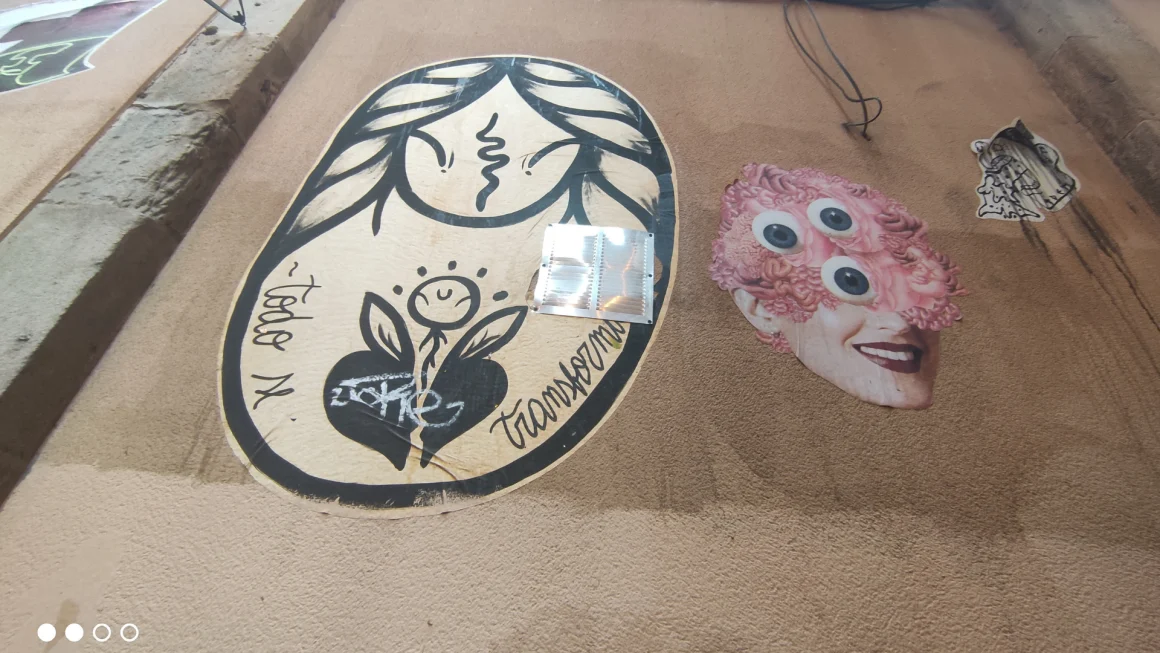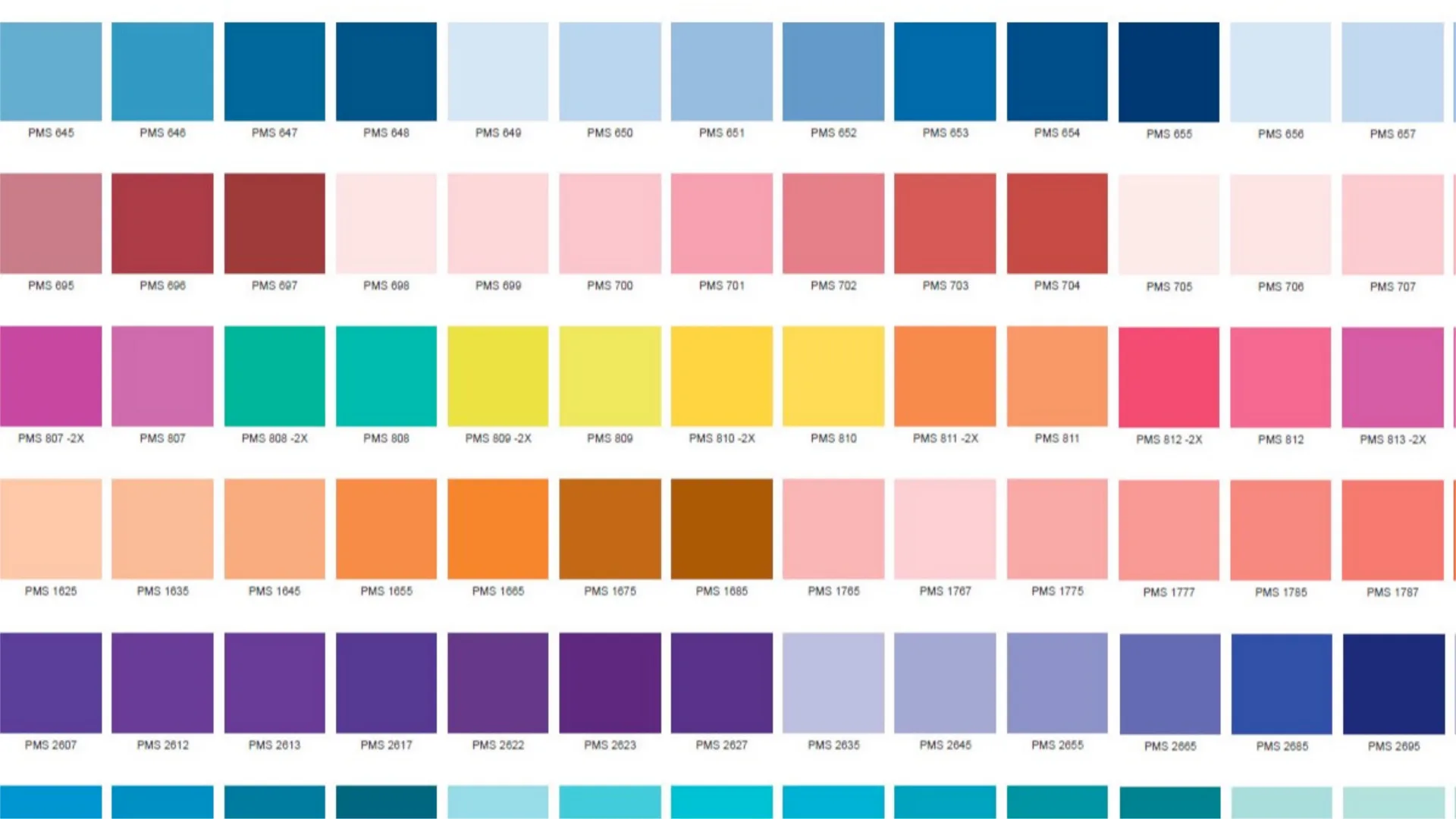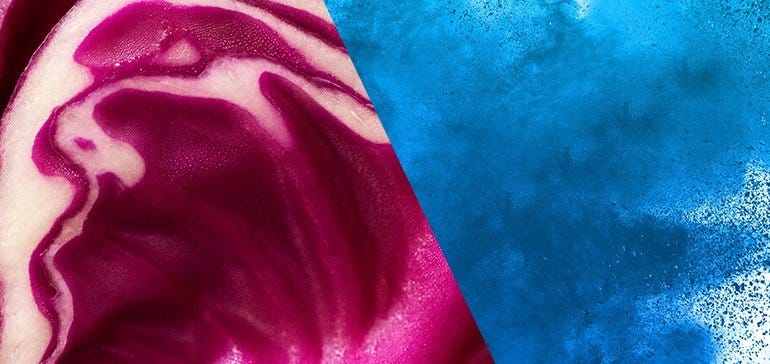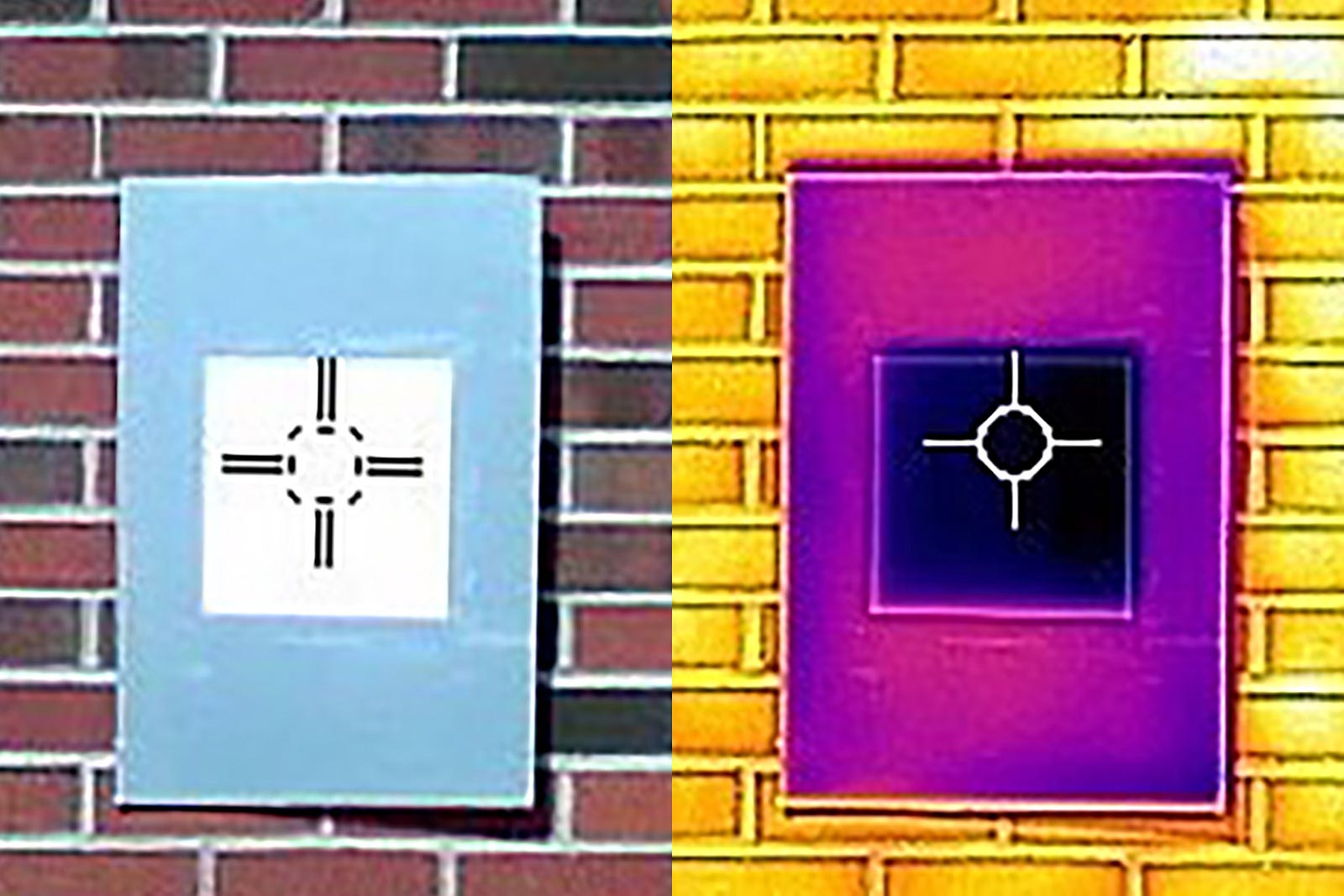Color is a sensation. It’s a sensation of light, and light is energy. Energy can stimulate, excite, evoke emotions, create feelings of warmth, coolness, comfort, or discomfort, and can also influence physiological and psychological behaviors such as hunger or aggression. In the contemporary society of the Digital Age, we see more different colors every day than ever before. How does color relate and change in contemporary society?
The Meaning of Color
The meaning of color in contemporary society and life, in general, is very broad. Color is a form of non-verbal communication. It is not a static energy and its meaning can change from one day to the next with any individual — it all depends on what energy they are expressing at that point in time.
Color is made up of a series of single wavelengths of energy. As the eye receives and separates these wavelengths, it passes them on to the brain where they are instantly processed and subconsciously invoke a reaction.
The way people react to color is dependent on three basic factors; culture, personal experiences, and fit. Culture and personal experiences add up to our concept of how certain colors fit and match with each other and how certain brands and brand experiences match and fit with the colors that have been associated with them. In other words, brands and products have a definite color personality that is associated with them by consumers.
Colors are shifting and changing over time. Not only the symbolic meaning of color but also the purpose of color. Color is not only an aesthetic anymore, it can help us change the world.
The whitest paint that can help us with global warming
In an effort to curb global warming, Purdue University engineers have created the whitest paint yet. Global warming and how to stop it is a very big trend nowadays. Glaciers are melting, sea levels are rising, cloud forests are dying, and wildlife is scrambling to keep pace. It has become clear that humans have caused most of the past century’s warming by releasing heat-trapping gases as we power our modern lives, and people and scientists are doing a lot of research on this subject and on how and if we can stop it.
Engineers at the Purdue University in Indiana, USA, developed a paint that could cool buildings off enough to reduce the need for air conditioning, the researchers say. “If you were to use this paint to cover a roof area of about 1,000 square feet, we estimate that you could get a cooling power of 10 kilowatts. That’s more powerful than the central air conditioners used by most houses,” said Xiulin Ruan, a Purdue professor of mechanical engineering.
The researchers believe that this white may be the closest equivalent of the blackest black, “Vantablack,” which absorbs up to 99.9% of visible light. The new whitest paint formulation reflects up to 98.1% of sunlight — compared with the 95.5% of sunlight reflected by the researchers’ previous ultra-white paint — and sends infrared heat away from a surface at the same time.
But what makes this whitest paint so white? Two features give the paint its extreme whiteness. One is the paint’s very high concentration of a chemical compound called barium sulfate, which is also used to make photo paper and cosmetics white.
“We looked at various commercial products, basically anything white,” said Xiangyu Li, a postdoctoral researcher at the Massachusetts Institute of Technology, who worked on this project as a Purdue Ph.D. student in Ruan’s lab. “We found that using barium sulfate, you can theoretically make things really, really reflective, which means that they’re really, really white.” The second feature is that the barium sulfate particles are all different sizes in the paint. How much each particle scatters light depends on its size, so a wider range of particle sizes allows the paint to scatter more of the light spectrum from the sun.
“A high concentration of particles that are also different sizes gives the paint the broadest spectral scattering, which contributes to the highest reflectance,” said Joseph Peoples, a Purdue Ph.D. student in mechanical engineering.
There is a little bit of room to make the paint whiter, but not much without compromising the paint. “Although a higher particle concentration is better for making something white, you can’t increase the concentration too much. The higher the concentration, the easier it is for the paint to break or peel off,” Li said.
But how is the whitest paint also the coolest? The paint’s whiteness also means that the paint is the coolest on record. Using high-accuracy temperature reading equipment called thermocouples, the researchers demonstrated outdoors that the paint can keep surfaces 19 degrees Fahrenheit cooler than their ambient surroundings at night. It can also cool surfaces 8 degrees Fahrenheit below their surroundings under strong sunlight during noon hours.
The paint’s solar reflectance is so effective, it even worked in the middle of winter. During an outdoor test with an ambient temperature of 43 degrees Fahrenheit, the paint still managed to lower the sample temperature by 18 degrees Fahrenheit.
This white paint is the result of six years of research building on attempts going back to the 1970s to develop radiative cooling paint as a feasible alternative to traditional air conditioners. Ruan’s lab had considered over 100 different materials, narrowed them down to 10, and tested about 50 different formulations for each material. Their previous ultra-white paint was a formulation made of calcium carbonate, an earth-abundant compound commonly found in rocks and seashells.
If we look at the meaning of the color white, is it the most complete and pure. The color of perfection. The color meaning of white is purity, innocence, wholeness, and completion. This color can also have a positive impact on global warming, makes the color more complete and pure than ever before.
Natural blue that can replace artificial food coloring
Now that more consumers are aware of production techniques through more transparency by companies and researching on the internet, many are asking manufacturers to turn towards natural alternatives. More consumers are becoming wary of artificial ingredients in their groceries, including food coloring. They are afraid that artificial colors could be bad for their health and their families, since some of the dyes have been linked to allergic reactions and behavioral problems like hyperactivity.
While many food companies have been moving toward natural colors, finding a natural replacement for blue has been particularly challenging. According to an emailed statement from Mars Wrigley Senior Principal Scientist Rebecca Robbins, the team that published the report has been doing this research for more than a decade. “After many years of hard work we have now discovered a unique anthocyanin, a type of naturally occurring pigment, in red cabbage,” she said.
A pigment found in red cabbage could be used to make a long-lasting and stable natural blue color for food, according to new research published in the Science Advances journal. The study was done by researchers from Mars Wrigley’s science and technology team; the Mars Advanced Research Institute (MARI); University of California, Davis’ Innovation Institute for Food and Health; Ohio State University; Nagoya University in Japan; University of Avignon in France; and SISSA University in Italy. It was funded by MARI and Mars Wrigley Science and Technology.
“It provides a natural alternative to artificial colorants and a solution to the long-standing blue dye challenge facing the food industry. We used synthetic biology and computational design tools to determine the structure of the anthocyanin, which, thanks to its unique 3D inter-molecular arrangement, can be altered to produce a rare natural cyan blue color.”
Mars, Incorporated has an especially big stake in the search for a natural blue. In February 2016, the company announced a commitment to remove all artificial colors from its human food portfolio by February 2021 to meet evolving consumer preferences. Some of the company’s portfolio products, like Ben’s Originals side dishes and Tasty Bite’s Indian-inspired legumes and potatoes, could easily use natural colors. But under the company’s Mars Wrigley candy division, brightly colored confectionery brands including M&Ms and Skittles posed challenges. The company had a difficult time finding natural colors for many of its vivid candies that would appeal to consumers and that was available in a large enough supply.
If we look at the meaning of the color blue, it is the color of trust and peace. It can suggest loyalty and integrity as well as conservatism and frigidity. This color is linked to a more transparent and healthier food, makes the color more trustful and loyal than ever before.
Color and the future
Using color to help us solve global warming and have a more positive impact on our health is something we see an increase in the contemporary society of the Digital Age. Color can be seen as a medium to create a better future and help solving big problems.
How beautiful is it, that something so continually in all different times and cultures, pure and natural can, with the help of scientists, have such a big impact in our lives and health. Not only aesthetically as we can feel the positivity associated with color, but also physically.
The future is looking bright, full of color, sensation, and energy.
Sources
https://www.purdue.edu/newsroom/releases/2021/Q2/the-whitest-paint-is-here-and-its-the-coolest.- literally..html
https://www.fooddive.com/news/new-research-finds-a-natural-blue-that-could-replace-artificial-colors/ 598028/?fbclid=IwAR0e_S9gdz0iaDU9Gq_rUJUhFrYT-nWcTSGuG5a4v7rHLelwQABgNuCGxXU
https://disruptedlogic.com/2018/03/18/the-psychology-of-color-for-game-development/
https://www.empower-yourself-with-color-psychology.com/meaning-of-colors.html
https://www.nationalgeographic.com/environment/article/global-warming-overview
https://www.intelligenthq.com/big-brands-transitioning-natural-dyes/








